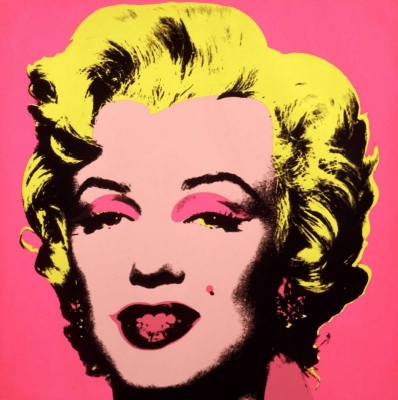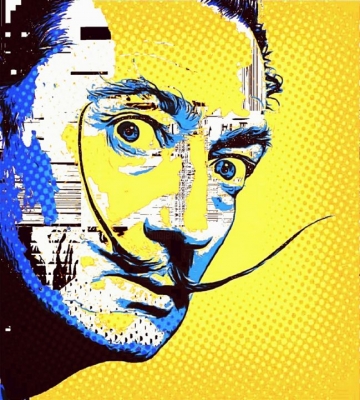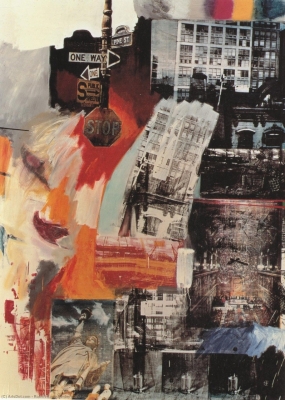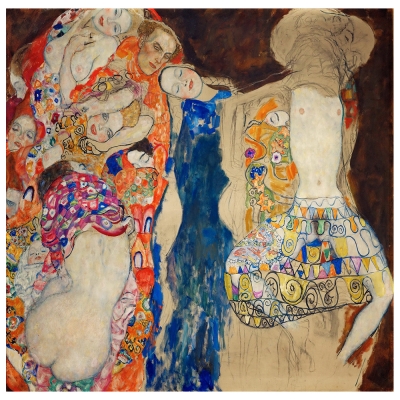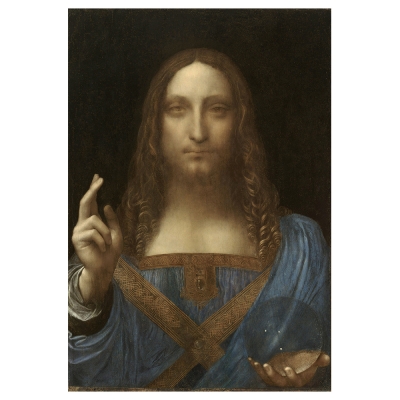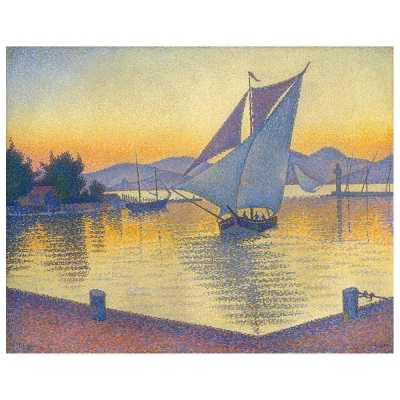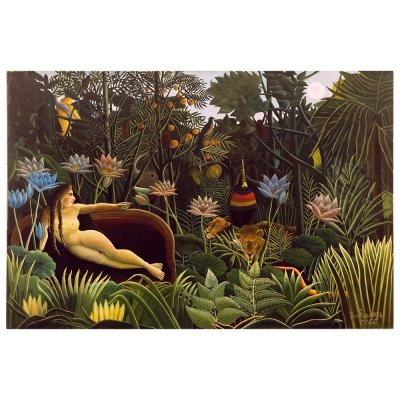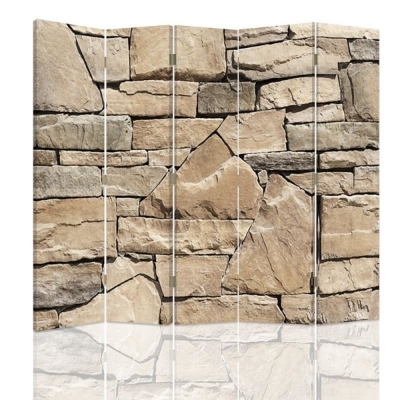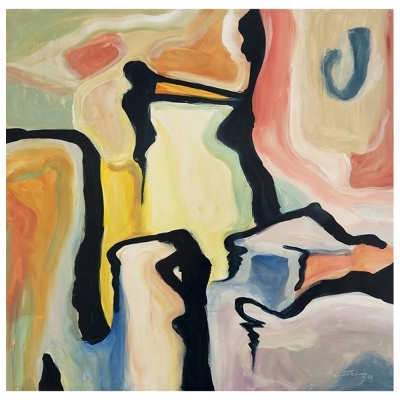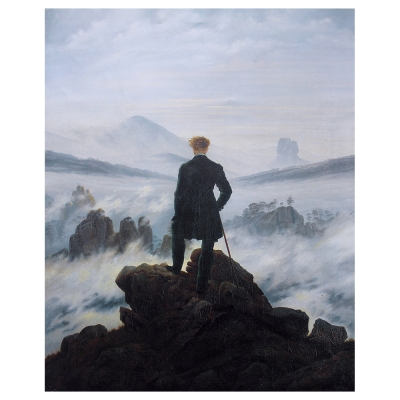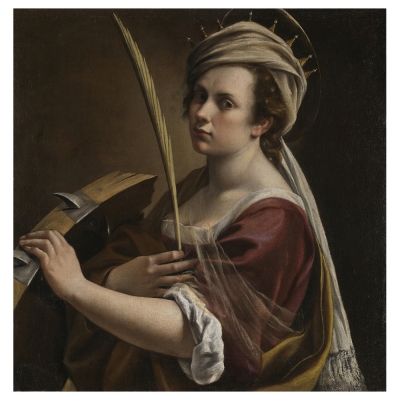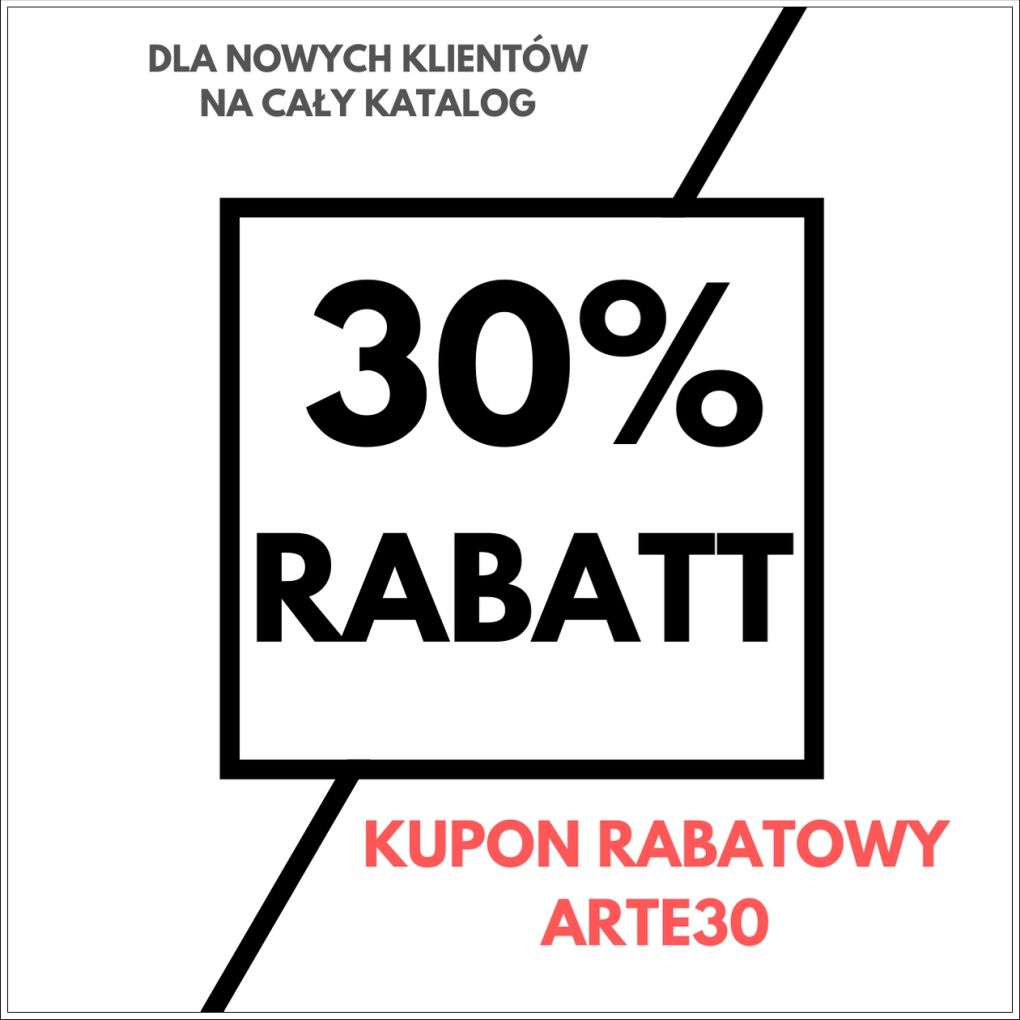Pop Art and its major exponents

18/11/2021
Prints, comics, posters: Pop Art is liked and appreciated more and more. Unlike a few decades ago and the past centuries when artists mainly depicted landscapes, emperors and saints, Pop Art has revolutionised the way we see and represent art. Commonly used supermarket products, comics and actors increasingly replaced the objects and characters of the past, bringing an air of lightness to the art world.
The economic boom in the 1960s in the USA and the resulting unbridled consumerism also contributed to the fame of this movement. In these years, idols and the beauty of art were not worshipped as before in museums and churches, but on billboards and on television. Lichtenstein and Warhol were among the first artists to portray this change, the birth of this trend, through their works and since then, Pop Art has become unstoppable. Let's take a look at the main curiosities concerning this artistic current thatis still very popular today.
The main exponents of this artistic style
Andy Warhol, James Rosenquist, Roy Lichtenstein and Claes Thure Oldenburg are the pioneers of this artistic movement which spread rapidly throughout the world in the 1960s.
What Pop Art is
Pop Art is an abbreviation of Popular Art and represents the mass movement, indicating that it is an artistic movement that draws inspiration from commonly used, popular objects. The cinema, television, actors, actresses and even grocery shelves and supermarkets were and are the main protagonists of this artistic movement, which is also characterised by bright colours.
It is a current that contrasts with abstract expressionism.
Created after the Second World War, this artistic movement was born as a kind of reaction to abstract expressionism. While Abstract Expressionism is based on the externalisation of the artist's individualism through art, Pop Art is inspired by everything that surrounds man at a given time or historical period.
It is considered a provocative and ironic artistic movement
Andy Warhol is considered to be the greatest exponent of Pop Art
Andy Warhol's serigraphs of Marilyn Monroe or Campbell's soup cans are still reproduced all over the world, as they representan icon of the 1950s and 1960s and the highest expression of Pop Art.
Roy Lichtenstein: the artist who was inspired by comics and advertisements
Roy Lichtenstein is considered to be another pioneer of this artistic trend; he relied on bold colours or black and white, but the lettering that accompanies his works makes them incisive, even though they appear simple.
Claes Thure Oldenburg: the artist who turned ordinary objects into sculptures
To highlight the unbridled consumerism of post-warAmerica, this artist turned any everyday object into gigantic plaster sculptures. Ice cream, hamburgers, hot dogs, any consumer good became a Pop Artwork of art.
Robert Rauschenberg acted as a bridge between Abstract Expressionism and Pop Art
While Warhol, Lichtenstein and Rosenquist were the main pioneers of Pop Art, Rauschenberg was the artist who bridged the gap between Abstract Expressionism and Pop Art. In his "combinepaintings" series from the 1950s, the artist combined painting with newspaper fragments and various urban materials, works that showed the society of the time.
Edward Hopper was also a pioneer of Pop Art
Not only Wharol and the previously mentioned artists were exponents of Pop Art, but also the famous Edward Hopper; through his paintings he portrayed the American culture of the early 20th century.
Graffiti by Keith Haring and Jean-Michel Basquiat
Pop Art touches on many art forms and graffiti is one of them. Especially in the 1980s, Haring and Basquiat's graffiti portrayed the New York of the time with unbridled consumerism and pure energy.
Article by: Aurora Caraman
Galeria zdjęć
